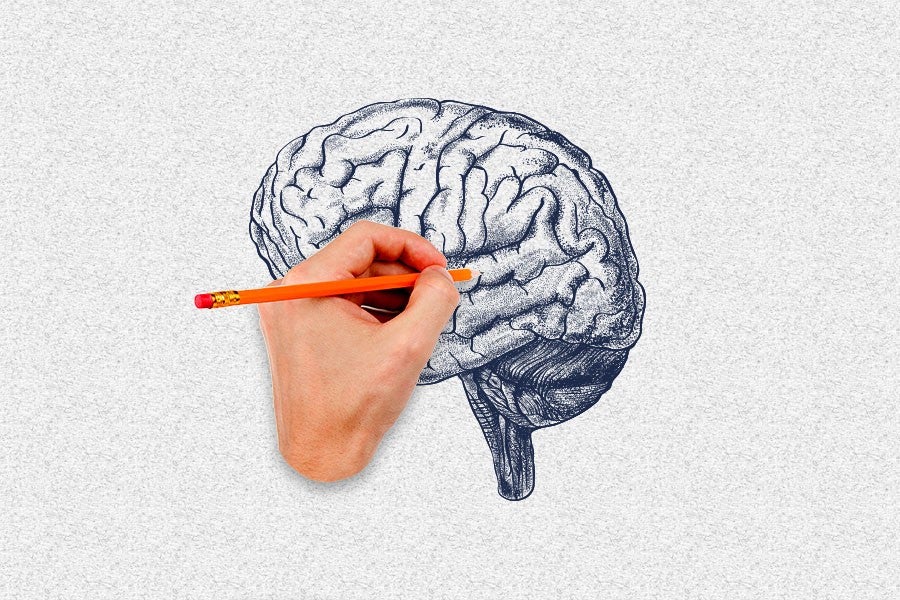Historically speaking, human civilization has always very much been united in their, “Fuck you, freak!” attitude towards lefties. As Rose Eveleth points out in her Smithsonian article on the subject, the German word for left-handed, “linkisch,” also means “awkward,” while the Russian equivalent, “levja,” is associated with being untrustworthy. “Synonyms for left in Mandarin are things like weird, incorrect and wrong,” Eveleth writes.
Amongst Muslims, the left hand is considered “unclean,” hence it still being customary in some cultures to use the left hand for cleaning oneself after pooping, and the right hand for eating. In many religions, including Christianity, it’s the right hand of God that’s the favored hand. Such religion-fueled distrust of lefties is far from a historical artifact: Just three years ago, a teacher in Oklahoma called a left-handed boy of just four years old “evil,” “sinister,” “unlucky” and “Satan,” in a note addressed to his parents that she sent home with him from school.
But while Western society has generally developed a more relaxed approach to left-handedness in recent decades, our mental health treatment is still very much one handed. That’s according to a new study out of Cornell University, in which researchers discovered that treatment for mental health problems like severe depression could be ineffective or even detrimental to anyone who isn’t right hand-dominant. This makes up about 50 percent of the population: “50 percent of the population is strong righties, 10 percent strong lefties and 40 percent mixed handers,” says Daniel Casasanto, associate professor of human development and psychology at Cornell University, and one of the study’s authors.
According his new theory, the “sword and shield hypothesis,” our emotions are organized in our brain on either the right or left hemisphere, depending on the way we perform certain actions with our hands (our brains are “cross-wired,” meaning that the left hemisphere controls the right hand of the body, and the right hemisphere controls the left hand). Casasanto says that sword and shield is a mnemonic for the fact that we use our dominant hand to approach actions and to engage with the world (like striking with a sword), while we use our other hand to block against (like defending yourself with a shield).
“The results of our study suggest that approach emotions [like happiness] depend on the hemisphere of the brain that controls the dominant hand, and avoidance emotions [like fear] on the hemisphere of the brain that controls your non-dominant hand,” says Casasanto.
So what does this have to do with mental health treatment? Casasanto says that since the 1970s, nearly every study suggests that each emotion is specific to either the right or left hemisphere of the brain. The problem: All those studies were exclusively conducted on right-handed people. So when Casasanto and his team used brain scans to demonstrate that approach emotions depend on which brain hemisphere is controlling the dominant hand, while avoidance emotions depend on the hemisphere controlling the non-dominant hand, he realized that, for patients with severe anxiety and depression, they were quite literally being treated on the wrong side of their brain.
Casasanto tells me that a current FDA-approved treatment for such psychiatric disorders is to stimulate the brain — specifically, the left side of the brain — with a mild electrical current (which, it should be said, is nothing like the electroconvulsive therapy seen in, say, One Flew Over the Cuckoo’s Nest). This is done in order to encourage approach-related emotions. “The treatment I’m referring to is exactly like what we did in our experiment — non-invasive neurostimulation using tDCS (transcranial direct current stimulation) or TMS (transcranial magnetic stimulation) to shift the balance of brain activity from one hemisphere to the other (i.e., increase activity in the hemisphere that supports approach emotions),” says Casasanto. “But for left hand-dominant patients who are being stimulated on the left side of their brain, you’re going to actually be decreasing those approach-related emotions.”
Furthermore, since handedness is a continuum — again, 40 percent of the population are mixed-handers — for patients who are neither left hand-dominant nor right-hand dominant, the stimulation won’t make any difference at all.
While Casasanto admits that a larger study is needed to confirm his findings — mainly because his research only studied healthy participants — he does think that his results could re-conceptualize what an emotion is. “It helps us to understand the greatest mystery of the human mind, which has to do with our subjective experience,” explains Casasanto.
His theory — that our neural system of emotions is actually built on an evolutionary system for motor functions — would mean that at our most basic level, human beings are no different than amoebas. “They approach what they want to eat and blob away from what they want to avoid,” says Casasanto.
In other words, left or right-handed, we’re all just blobs, so why fight over it?

